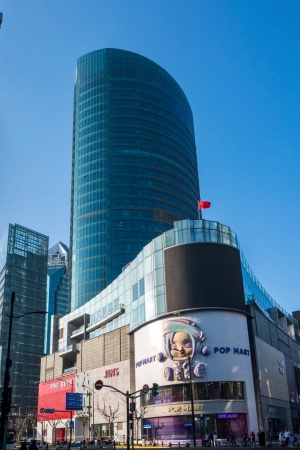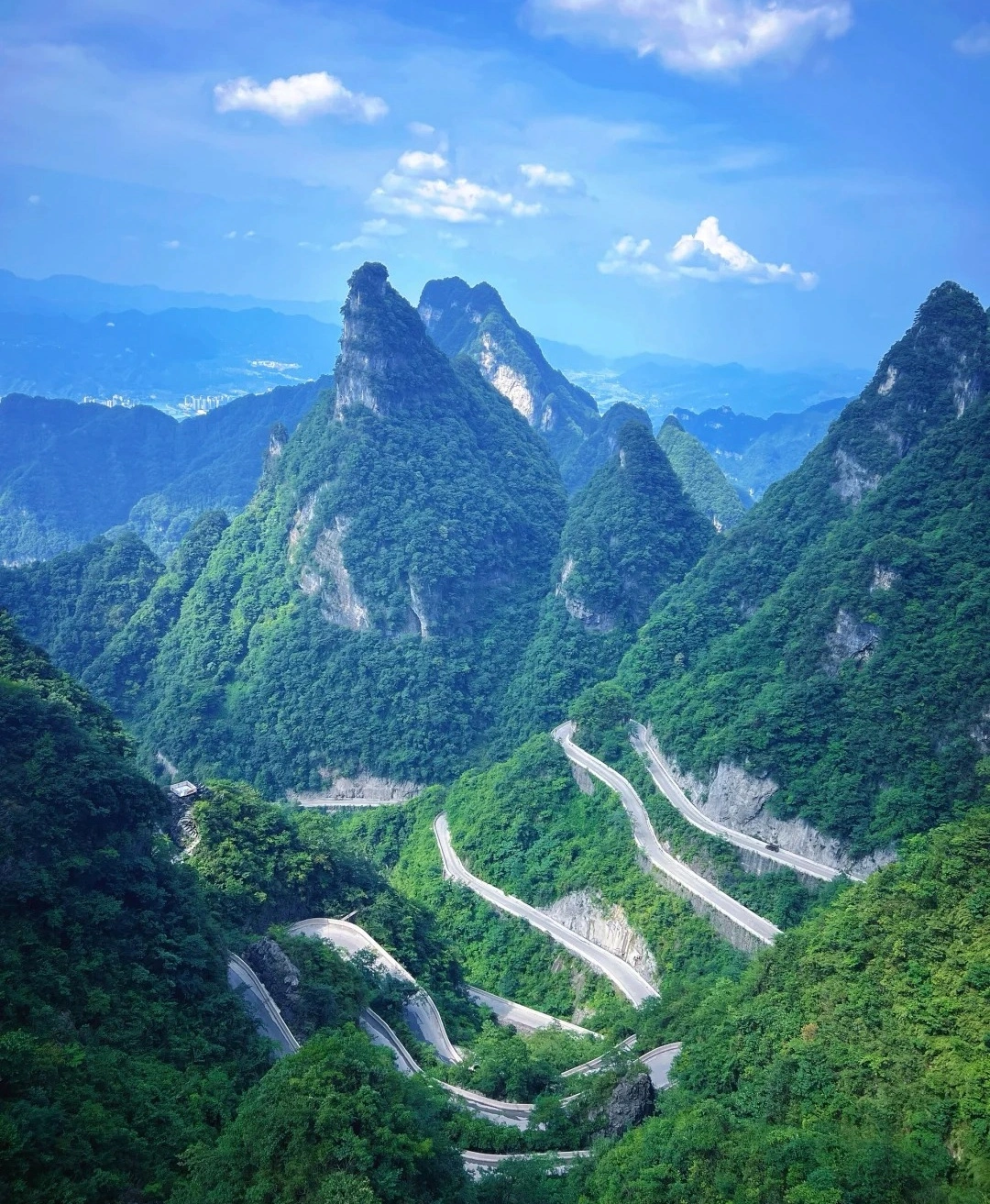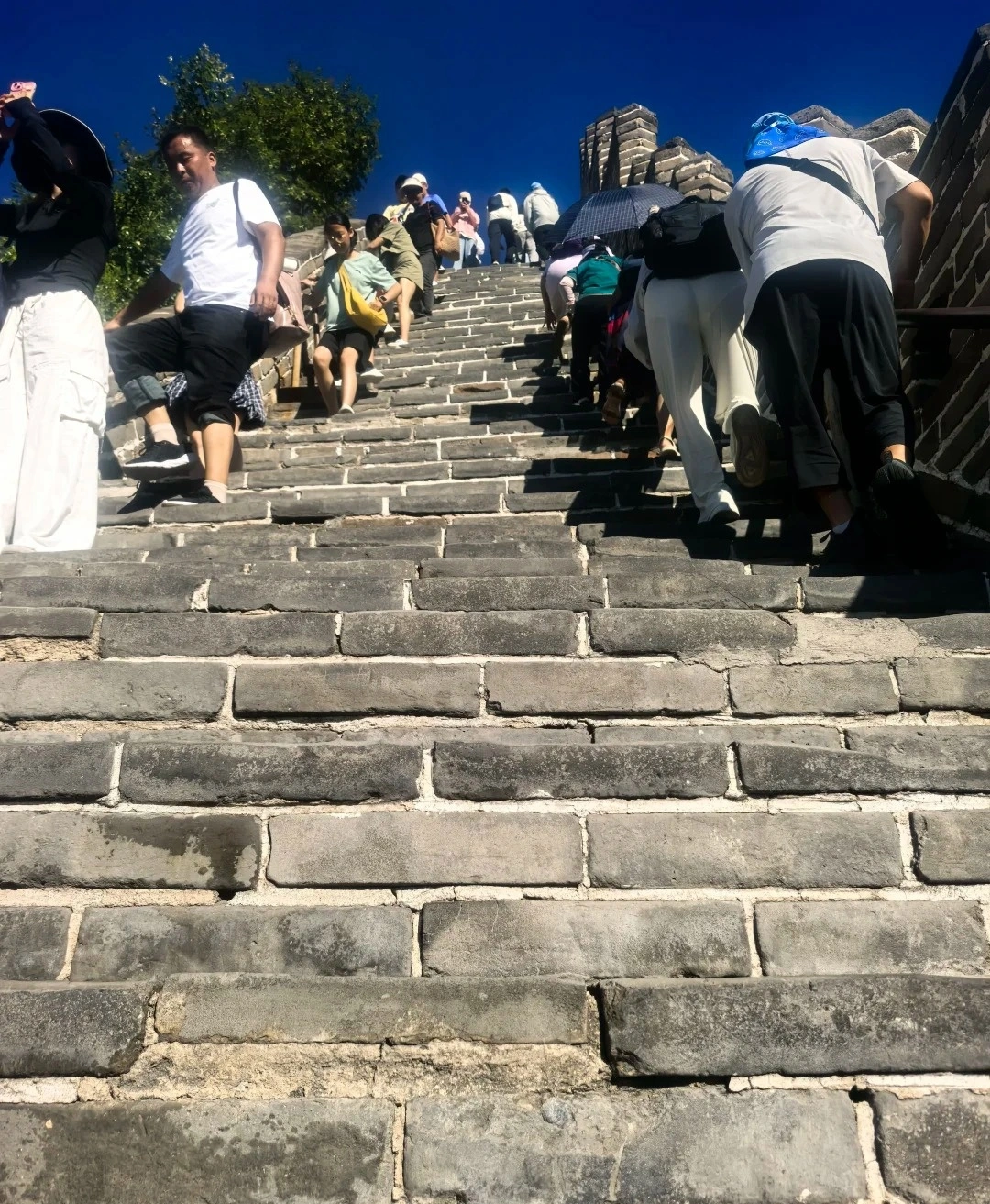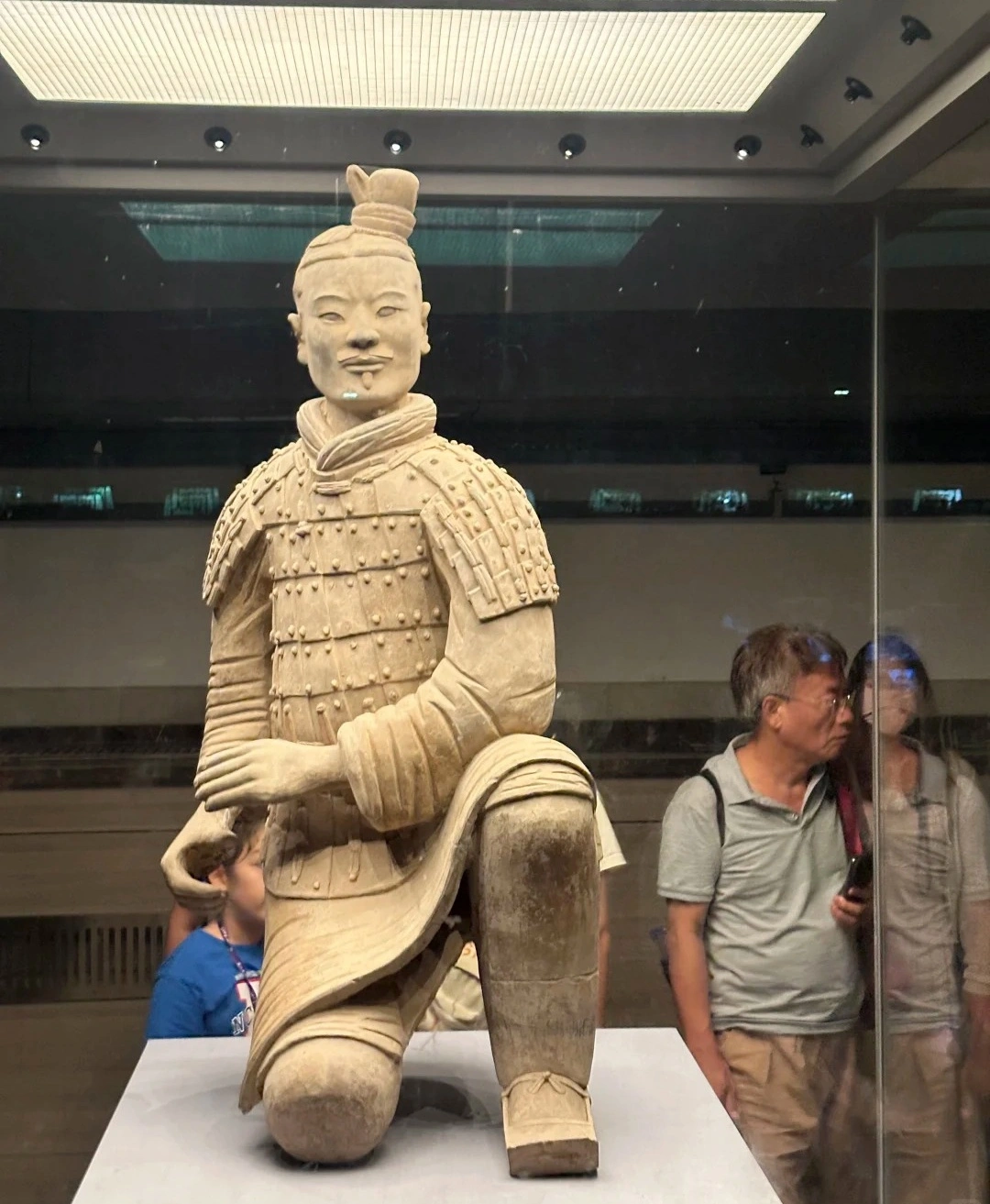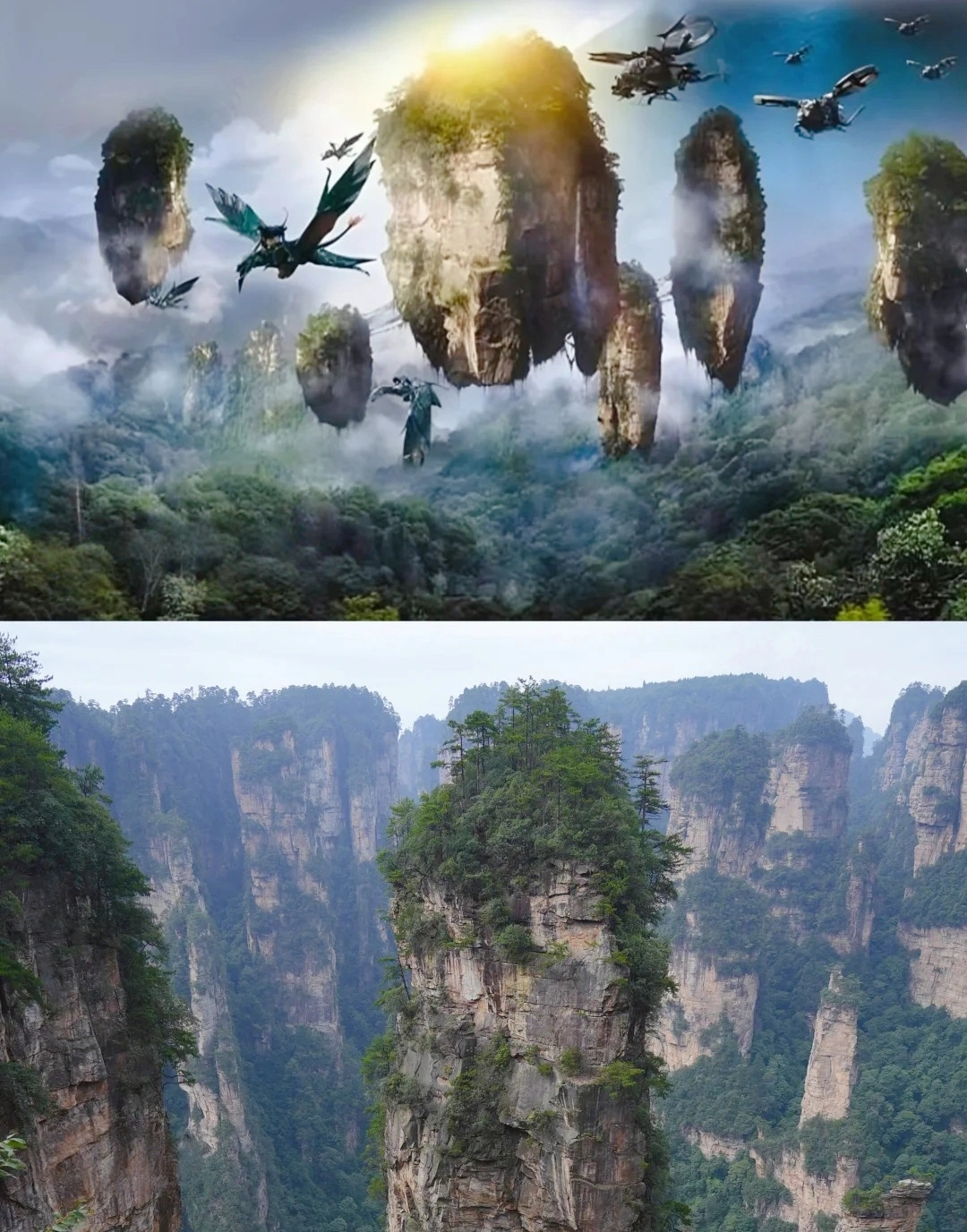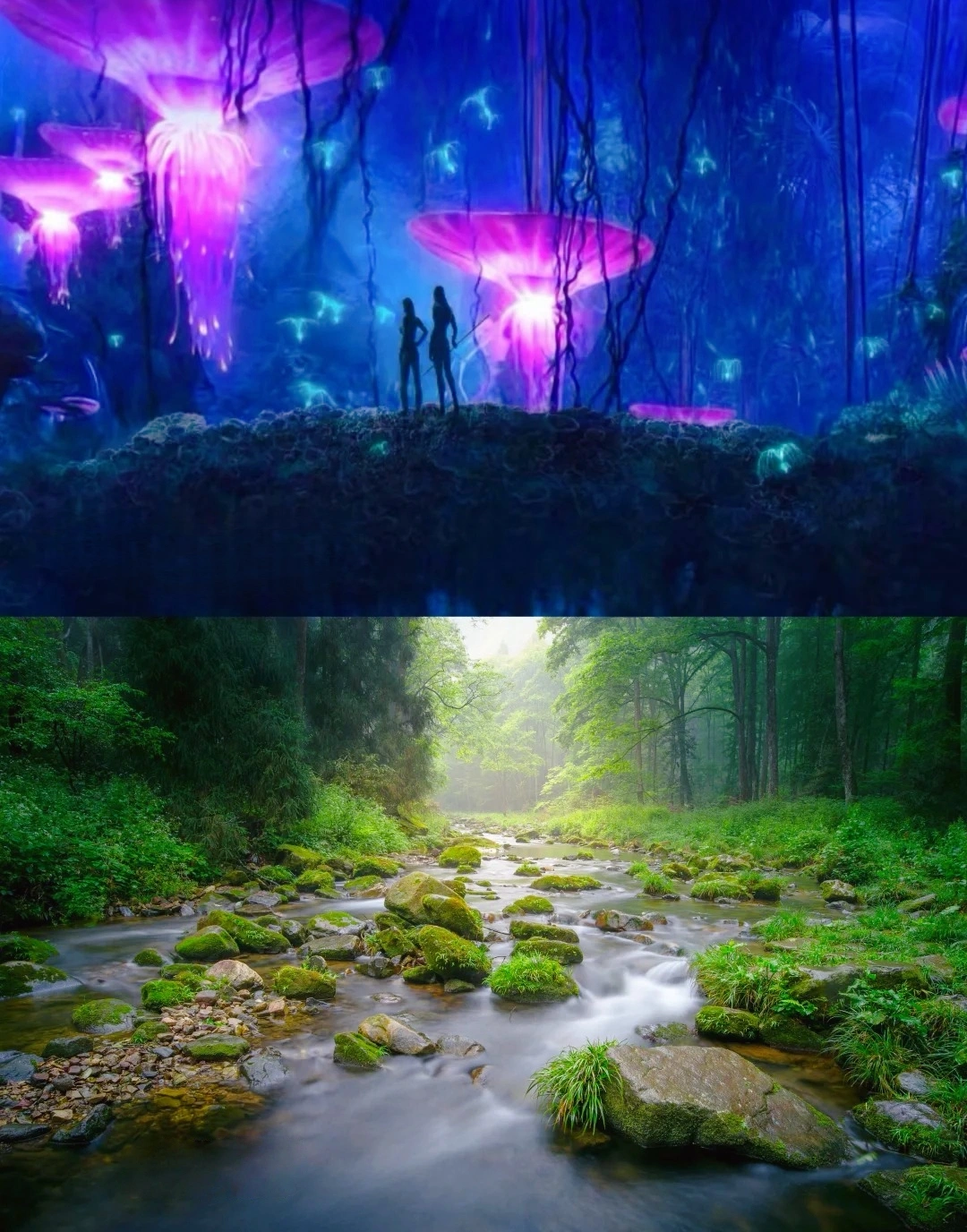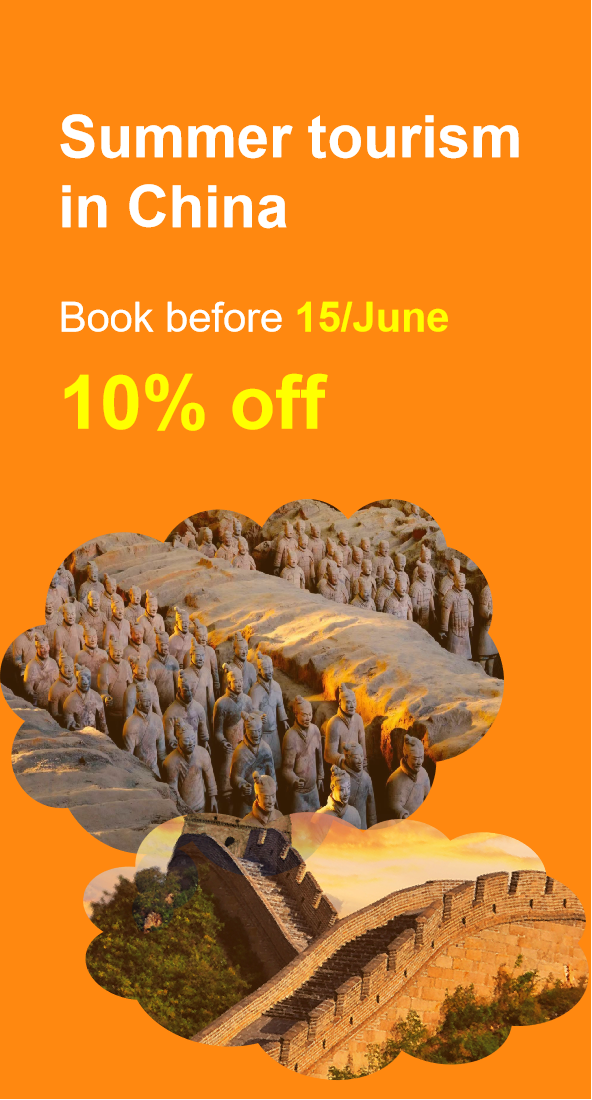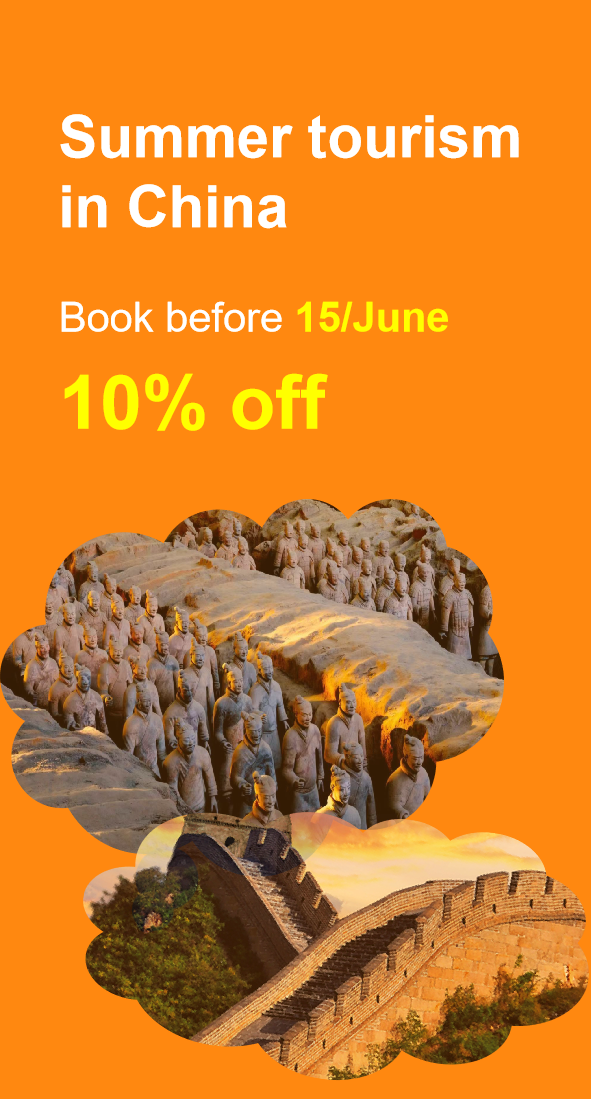Discover the Treasures of Dunhuang Mogao Grottoes: A Journey Through Time and Art
Introduction: A Gateway to Ancient Silk Road Splendor
Welcome to the Dunhuang Mogao Grottoes, a UNESCO World Heritage Site nestled in the Gobi Desert of northwest China. Known as the "Thousand Buddha Caves," this sacred complex of 735 caves, adorned with 45,000 square meters of murals and 2,415 clay sculptures, is a testament to over 1,600 years of artistic and spiritual devotion. Carved into the cliffs of Mingsha Mountain, the grottoes served as a vital stop on the ancient Silk Road, blending Chinese, Indian, Persian, and Greco-Roman influences into a unique cultural tapestry.
History: From Desert Mirage to Global Icon
Legendary Beginnings:
The story begins in 366 CE, when a Buddhist monk named Le Zun dreamt of a thousand golden Buddhas shining above the desert. Inspired, he carved the first cave, sparking a millennium-long tradition of devotion. Monks, merchants, and artisans from across Asia flocked here, transforming the barren cliffs into a dazzling spiritual oasis.
A Crossroads of Civilizations:
As a hub on the Silk Road, Dunhuang thrived as a melting pot of ideas. The grottoes reflect this diversity: Indian Buddhist iconography, Persian floral motifs, and Chinese Landscape Painting coexist in harmonious splendor. Even today, the caves whisper tales of camels laden with silk, monks translating sutras, and artists perfecting their craft.
Artistic Marvels: A Visual Feast
1. Murals: Stories Painted in Stone
The walls of Mogao are a living library of Buddhist lore and daily life. Explore:
- Jataka Tales: Frescoes depicting the Buddha’s past lives, such as a deer sacrificing itself to save a starving hunter.
- Apsaras (Celestial Dancers): Graceful figures with flowing scarves, embodying the fusion of Indian and Chinese aesthetics.
- Historical Scenes: Merchants trading silk, musicians playing lutes, and camels crossing the desert—a snapshot of Silk Road life.
2. Sculptures: Divine and Human
Marvel at:
- The Giant Buddha (Cave 96): A 35.5-meter-tall Maitreya Buddha, China’s third-largest clay sculpture, towering over visitors.
- The “Eastern Mona Lisa” (Cave 259): A serene Buddha with a subtle smile, capturing the essence of meditation.
- The Reclining Buddha (Cave 158): A 34.5-meter涅槃 (Nirvana) statue, surrounded by grieving disciples, evoking profound emotional depth.
3. The Library Cave (Cave 17):
In 1900, a hidden chamber was discovered, containing 50,000 manuscripts, paintings, and texts in multiple languages—a treasure trove for historians.
Visitor Experience: How to Explore
Tickets & Tours:
- Normal Ticket (¥238): Includes digital shows, 8 caves, and a shuttle bus. Book 7 days in advance via the official website.
- Emergency Ticket (¥100): Access to 4 caves (peak season only).
- Free Guided Tours: Available in English, Japanese, and Korean.
Must-See Caves:
- Cave 96: The iconic Giant Buddha.
- Cave 259: The “Eastern Mona Lisa.”
- Cave 158: The Reclining Buddha.
- Cave 220: Tang Dynasty murals with vivid colors.
Digital Center:
Watch two immersive films—Millennium Mogao and Dreamlike Buddha Palace—before exploring the caves.
Practical Tips for Travelers
- Timing: Visit September-October (mild weather) or April-May (fewer crowds). Avoid June-August (extreme heat).
- Photography: Strictly prohibited inside caves. Capture memories at the Nine-Story Pagoda Square or Mingsha Mountain.
- Dress Code: Wear breathable clothing, a hat, and sunglasses. Comfortable shoes are a must!
- Hydration: Carry a reusable bottle—water stations are available.
- Respect: Silence phones, avoid touching murals, and follow guides’ instructions.
Nearby Attractions
- Mingsha Mountain & Crescent Lake: Ride camels, sandboard, or watch a desert sunset.
- Dunhuang Museum: Free entry (book online). Discover Silk Road artifacts.
- Shazhou Night Market: Savor local delicacies like donkey meat yellow noodles and apricot juice.
Conclusion: A Timeless Legacy
The Mogao Grottoes are more than a historical site—they are a living dialogue between past and present, East and West. As you walk through these ancient halls, you’re not just a visitor but a participant in a story that spans continents and centuries.
Final Tip: Stay overnight in Dunhuang’s city center (e.g., Dunhuang Hotel) for easy access to night markets and morning trips to Mogao.
“To see Mogao is to touch the soul of humanity.” — Join us in preserving this irreplaceable gem for generations to come.
Contact Us
What Our Clients Say?
Based on 10,000+ traveler reviews
